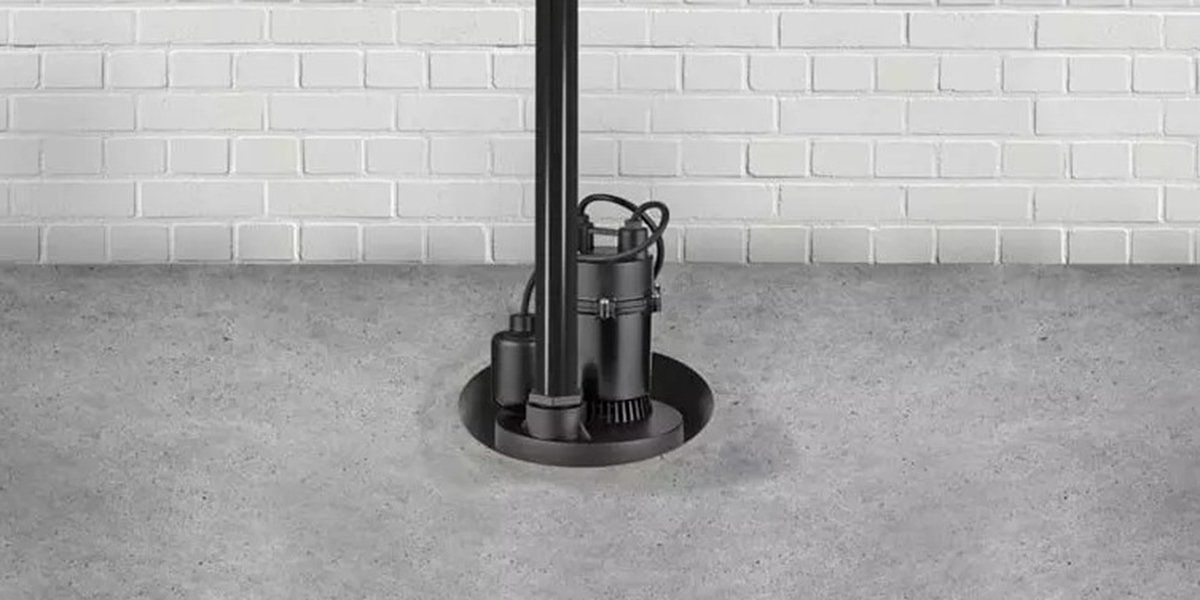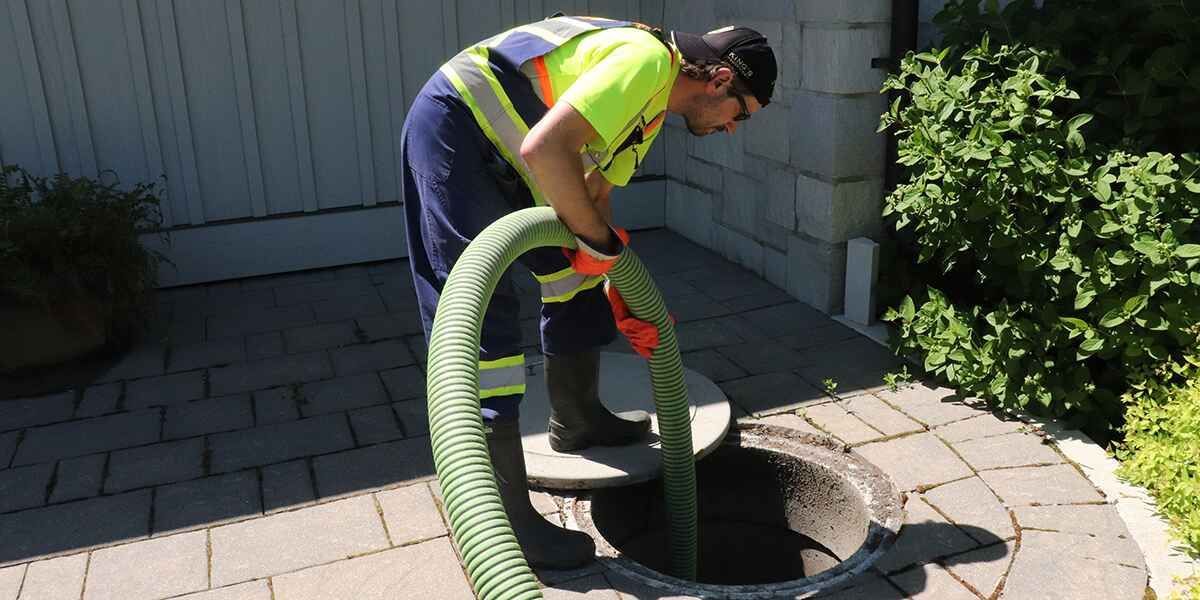What're your opinions about How to Care for Your Sump Pump?

Sump pumps are important components in lots of homes, especially in areas prone to flooding or extreme moisture. They assist protect against water damage by effectively getting rid of excess water from basements or crawl spaces. Nevertheless, like any other appliance, sump pumps need normal maintenance to ensure they work properly when needed the most. Cleansing your sump pump is a vital part of its upkeep, and understanding exactly how to do it appropriately can conserve you from costly repair services and potential disasters.
Intro
Keeping a clean sump pump is crucial for its proper functioning and long life. Overlooking this essential job can cause obstructions, breakdowns, and inevitably, water damage to your home. Consequently, finding out just how to cleanse a sump pump is critical for homeowners that rely upon these tools to maintain their cellars completely dry and protected.
Understanding the Sump Pump
Prior to diving right into the cleansing process, it's important to have a fundamental understanding of exactly how a sump pump works. Normally set up in a pit or basin below the basement flooring, a sump pump contains a number of essential components, including a pump, a float switch, and a discharge pipeline. When water gathers in the pit, the float button triggers the pump, which then pumps the water out via the discharge pipeline, away from the structure's foundation.
Indicators of a Dirty Sump Pump
Recognizing when your sump pump needs cleaning is critical for stopping prospective malfunctions. Some usual indicators that suggest a dirty sump pump consist of odd noises throughout operation, lowered water flow, and noticeable particles in the pit. If you notice any one of these signs, it's necessary to cleanse your sump pump immediately to avoid any type of further concerns.
Preparing for Cleansing
Before you start cleaning your sump pump, it's vital to take some safety preventative measures. Beginning by shutting off the power to the pump to stay clear of any electric accidents. Furthermore, wear proper safety equipment, such as gloves and goggles, to shield yourself from dust, particles, and prospective virus.
Step-by-step Overview to Cleaning a Sump Pump
Turning off the Power
Begin by separating the power supply to the sump pump to prevent any type of crashes while cleaning.
Eliminating Particles and Dust
Utilize a pail or a scoop to remove any type of noticeable particles, dirt, or sediment from the sump pit. Dispose of the debris correctly to stop it from clogging the pump or the discharge pipeline.
Cleaning up the Pump and Drift Change
Once the pit is clear of debris, thoroughly remove the pump from the pit. Check the pump and the float switch for any kind of indicators of damages or wear. Make use of a soft brush or towel to clean the surfaces and eliminate any kind of gathered gunk.
Flushing the System
After cleansing the pump and float button, flush the sump pit with tidy water to remove any remaining dirt or debris. This will help guarantee that the pump runs efficiently and effectively.
Checking for Appropriate Functioning
Before reinstalling the pump, carry out a quick test to guarantee that the float switch turns on the pump correctly. Put some water right into the sump pit and observe the pump's procedure. If whatever is working properly, you can reassemble the pump and reconnect the power supply.
Maintenance Tips to Keep Your Sump Pump Clean
In addition to periodic cleaning, there are numerous upkeep ideas you can comply with to keep your sump pump in optimal condition:
- Normal Inspection: Examine your sump pump routinely for any indicators of wear, damages, or blockages.
- Keeping the Surrounding Location Clean: Make Certain that the location around the sump pit is without debris, dust, and blockages.
- Evaluating the Pump Regularly: Check your sump pump periodically by pouring water right into the pit and observing its procedure. This will certainly help you determine any possible problems before they escalate.
Verdict
Cleaning your sump pump is an essential facet of its maintenance and ensures that it operates effectively when you require it the most. By complying with the steps detailed in this guide and integrating regular upkeep right into your routine, you can prolong the life-span of your sump pump and safeguard your home from water damages.
6 STEPS ON HOW TO CLEAN A SUMP PUMP PROPERLY
UNDERSTANDING SUMP PUMPS
Your sump pump plays a crucial role in protecting your home by managing and removing excess water. It primarily functions as a “shield”, guarding your basement against the damaging effects of water accumulation. The pump is housed in a sump pit in the lowest part of your basement, and its job is to pump out any water that collects there.
During heavy rainfalls or when snow melts rapidly, water can infiltrate your basement, posing potential risks like flooding, structural damage, and harmful mold growth. Here, the sump pump springs into action, pumping out the intruding water and directing it away from your home.
SAFETY FIRST
Before cleaning, remember to prioritize safety. Disconnect the sump pump from the power source to prevent any accidental electric shocks. Also, wear sturdy gloves to protect your hands from any sharp or dirty components within the pump.
REMOVE THE SUMP PUMP
After ensuring your safety, the next step is to remove the sump pump from its pit. Doing this might require careful maneuvering as you don’t want to damage any pump components. Once removed, clean the sump pit to remove any accumulated debris or sludge.
INSPECT THE PUMP
Inspect the pump for any visible signs of wear or damage. Check the power cord, float switch, and impeller housing. If any components look worn out or damaged, consider replacing them to ensure optimal performance.
CLEAN THE PUMP
Thoroughly clean the pump with warm, soapy water. Make sure to rid it of any dirt, gravel, or other debris that might impede its performance. You can use a toothbrush to clean the small, hard-to-reach parts of the pump.
REINSTALL THE SUMP PUMP
- Reinstall the pump into the sump pit
- Make sure it’s positioned correctly to remove the water effectively
- Once it’s back in place, reconnect it to the power source
TEST THE PUMP
Finally, pour some water into the pit to ensure the pump works correctly. It should start automatically and begin pumping out the water; if it doesn’t, check the power source and the positioning of the pump.
Remember, while cleaning your sump pump is an essential part of home maintenance, hiring a professional plumber for a thorough inspection and cleaning at least once a year is also important. This will ensure that your pump is in optimal condition, ready to protect your home from potential water damage.
BEST PRACTICES FOR CLEANING SUMP PUMP DISCHARGE PIPES
- Regular Inspection: Regularly inspect your discharge pipes, especially during heavy rainfall or snowmelt periods. Look for any signs of blockage or damage. Early detection of problems can prevent serious issues down the line.
- Periodic Cleaning: Over time, sediment and debris can accumulate in the discharge pipes, impeding the flow of water. Regular cleaning helps keep the pipes clear and functioning efficiently. You can use a high-pressure water jet to effectively clean the pipes.
- Insulation During Winter: In colder climates, discharge pipes can freeze, blocking the outflow of water. Protect your discharge pipes from freezing temperatures by insulating them with foam pipe insulation. This will ensure the sump pump can continue to discharge water even in freezing conditions.
- Proper Positioning: The discharge pipe should be positioned to direct water away from your home’s foundation. Improper positioning can lead to water seeping back into the basement. Ensure the pipe is long enough and angled correctly.
- Installation of a Check Valve: A check valve prevents water from flowing back into your sump pit after the pump has pushed it out. Installing a check valve helps maintain the efficiency of your sump pump and reduces the risk of flooding.
- Minimize Pipe Turns: Every curve or turn in the discharge pipe can decrease the efficiency of water flow. By minimizing turns and bends in your discharge pipe, you can increase the efficiency of your sump pump.
https://www.fullspeedplumbing.com/how-to-clean-a-sump-pump-properly9999/

I have been very intrigued by How To Effectively Clean A Sump Pump and I am assuming you liked my entry. Do you know about anybody else who is interested by the topic? Feel free to promote it. I am grateful for being here. Please pay a visit to our blog back soon.
Booking
Comments on “Top Steps for Caring for Your Sump Pump”